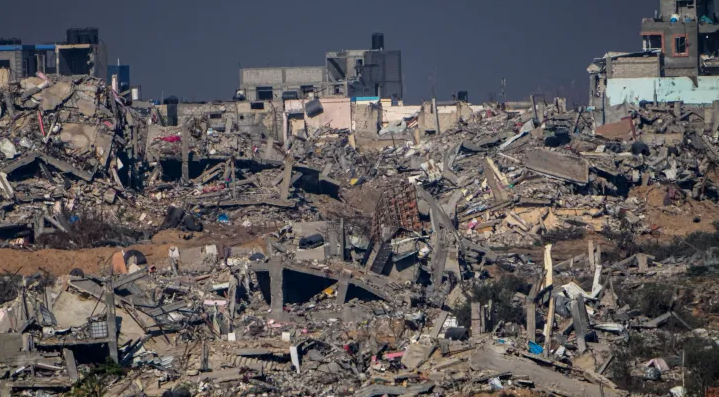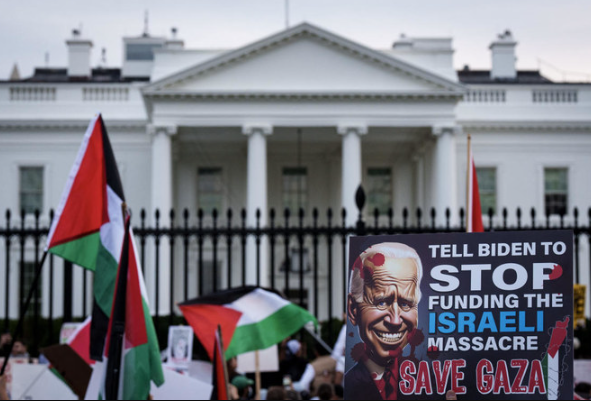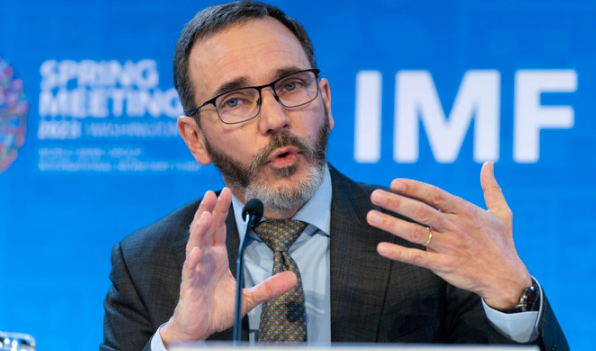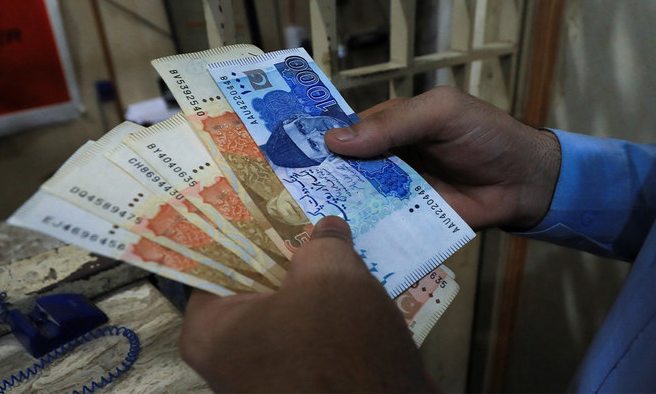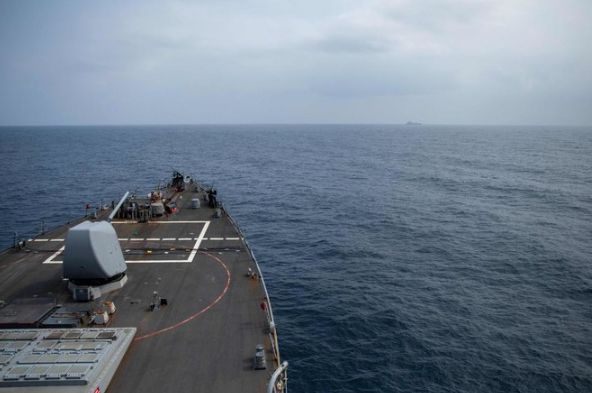Israel Warns Gaza Conflict to Extend into 2024 as Death Toll Surpasses 22,000
Ongoing Israeli airstrikes pounded Gaza on Monday, with an army spokesperson cautioning that the conflict against the territory’s ruling Hamas faction will persist throughout 2024. Israel’s Defense Minister, Yoav Gallant, reassured residents of border communities affected by Hamas’s October 7 attacks, expressing commitment to restoring normalcy.
In southern Gaza, AFPTV footage captured smoke rising after a strike in Rafah, while in Khan Yunis, further north, Palestinians, including children, injured in an airstrike, were taken to Nasser hospital in the city. In central Gaza’s Deir Al-Balah, residents sifted through rubble, assessing damage and searching for survivors.
Israeli military spokesperson Daniel Hagari emphasized the army’s readiness for “prolonged fighting” in the coming year. He mentioned the gradual release of some of the 300,000 Israeli reserve soldiers. Across Gaza, heavy artillery fire and airstrikes were reported, resulting in the recovery of 15 bodies from the same family in Jabalia.
The Gaza health ministry disclosed that in the past 24 hours, 207 Palestinians were killed, and 338 were wounded. Since October 7, a total of 22,185 Palestinians have lost their lives, with 57,035 sustaining injuries. The Israeli army reported 173 soldiers killed in the battle against Hamas, designated a “terrorist” organization by Israel, the United States, and the European Union.
As 2024 began, Hamas fired rockets at Israel in response to what they termed “massacres of civilians.” Israel’s missile defense systems intercepted the rockets over Tel Aviv. Reports from northern Gaza suggested Israeli forces were redeploying, indicating a potential shift rather than a permanent withdrawal.
Hagari asserted that the Israeli army was adapting force deployment plans in Gaza, including reserve soldiers, as the conflict persisted. The Gaza Strip, under siege since the war’s onset, faced severe shortages of food, water, fuel, and medicine, with only limited relief from aid trucks.
The United Nations stated that 85% of Gaza’s population had been displaced. Palestinians in Rafah expressed hopelessness about living conditions, citing soaring prices and economic challenges. Despite the difficulties, some, like barber Tamer Al-Shaer, persevered amid destruction, relying on small solar panels for electricity.
Israel’s defense minister, Gallant, announced that residents near the Gaza border, who had evacuated since October, could soon return home. International mediators, including Egypt, proposed a three-phase plan aiming for cease-fires, hostage releases, and an end to the conflict.
In the occupied West Bank, violence escalated, with over 300 Palestinians killed by Israeli forces and settlers since October. Israeli watchdog Yesh Din labeled 2023 as the “most violent” year for settler attacks in the territory. Two Israeli ministers called for the return of Jewish settlers to Gaza, raising concerns about broader regional conflicts with Iran-backed groups.
On Monday, the Iranian news agency Tasnim reported the entry of the Alborz warship into the Red Sea, heightening regional tensions. Israel also claimed to have struck Lebanon in response to attempted drone launches by Hezbollah militants.
The Gaza conflict’s repercussions extended beyond the immediate region, fueling concerns about a wider conflict involving Iran-backed groups and neighboring countries.
